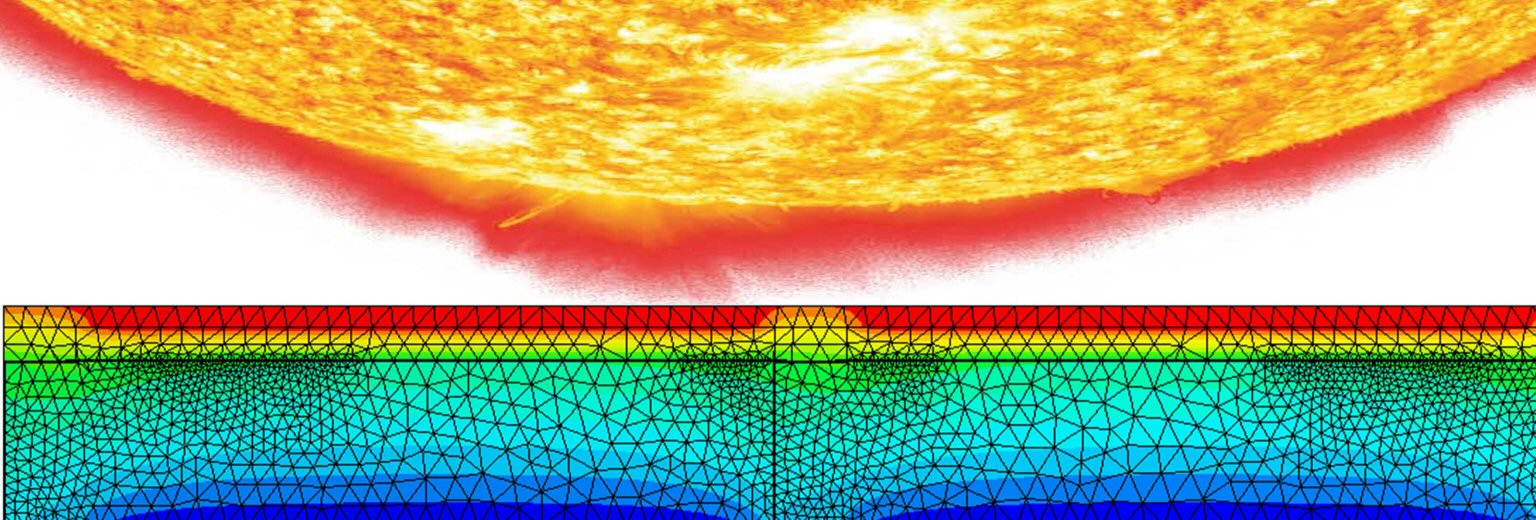Modular building panels
'Performance Assessment for Simultaneous Fire and Structural Design of Structural Insulated Panels' led by Aaron Bolanos (PhD).
Structural Insulated Panels are a specific kind of sandwich panel consisting of a rigid insulation core bonded between two external face sheets. This kind of load-bearing prefabricated product serves as an integral component of walls, floors and ceilings and therefore its structural behaviour has been studied extensively. Fire performance, on the other hand, is a major concern mostly due to the combustible materials used as a core.
The research work intends first to provide an evaluation of mechanical and fire-proofing qualities of the panels and most importantly, through the study of their failure modes, to generate a valid analysis methodology that can ultimately be used as tool for simultaneous structural and fire safety design of an specific kind of Structural Insulated Panel. This goal will be attained by creating a model that describes the evolution of the temperature-dependant parameters involved in the bending and compressive behaviour of the panels as they are exposed to a fire.
'Building design optimization: integration of thermal and fire performance' completed in 2018 by Gerardo Soret (PhD).
Traditionally thermal efficiency and fire safety capabilities of building component design alternatives has been assessed separately. Studies reveal that design improvements in one field could significantly lessen the performance of another. Thus, there is a need to investigate integrated assessment methodologies to attain optimized design solutions from where the best insulating properties for a particular geographical location is achieved together with adequate fire safety performance.
This research project analyse existing building thermal efficiency models and characteristic parameters used to describe building component insulating capabilities. It is found that those based on a transient model allows for a more realistic building thermal efficiency assessment and includes relevant material properties for fire performance assessment allowing for the development of an optimised and integrated design assessment process.
In order to assist building designers decision strategy, this study develops affordable integrated assessment methods based on numerical calculations complemented by small scale experimental procedures so that realistic and detailed performance assessment is achieved.

'Optimised fire safe and energy efficient design of insulated assemblies using a multi-criteria approach' recently completed in 2017 by Pascale Vacca (IMFSE).
